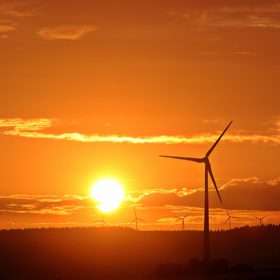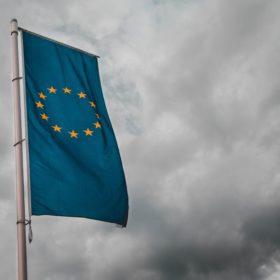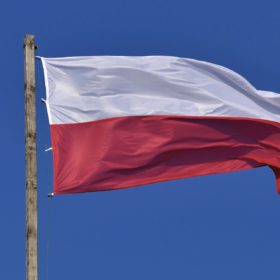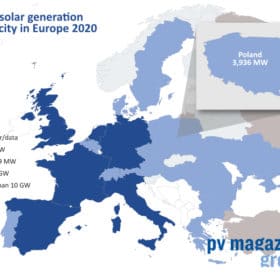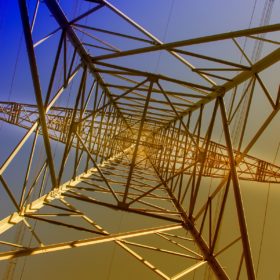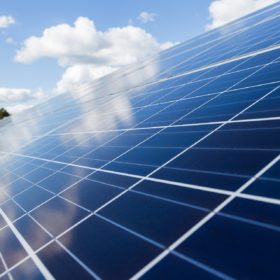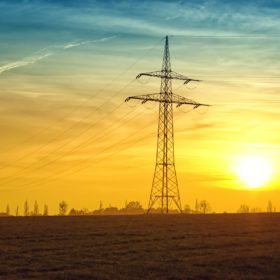Poland allocates 2.2 GW of solar in renewables auctions
The Polish energy regulator has allocated 1.2 GW of PV capacity in a procurement exercise for projects exceeding 1 MW in size and around 1 GW in an auction for projects with capacities of up to 1 MW.
Saule Technologies opens perovskite solar cell factory in Poland
The Polish perovskite solar cell specialist claims to be the first company in the world to have commissioned commercial production of the technology.
Polish developer announces €225m green bond plan
The first batch of five-year investments, offered through German-owned Polish lender Mbank, will raise money to expand a solar portfolio R.Power claims already stretches to more than 4 GWp in its domestic market.
Photovoltaics, heat pumps to rescue failed geothermal project in Poland
The Polish government is supporting a hybrid renewable energy project based on a deep-borehole heat exchanger (DBHE) whose heat pumps are powered by photovoltaics. The heat generated by the facility will be used for district heating.
ESMC criticises lack of solar manufacturing in Euro recovery plans
The trade body has highlighted a lack of explicit PV industry support in EU member states which already host domestic manufacturers, such as Germany, France, Austria, Belgium and Lithuania, and says the focus on green hydrogen could exacerbate the solar trade deficit with Asia.
Poland’s PV capacity reaches 4.46 GW
In the first quarter of the year, more than 500 MW of solar was deployed in the eastern European country.
Polish solar developer bought by Norwegian state-owned energy company
Buyer Equinor could be in for a pleasant surprise – its assessment Wento boasts a 1 GW solar project pipeline in the nation significantly under-reports the 1.6 GW claimed by private equity fund seller Enterprise Investors.
Solar changing shape of electricity prices in Northern Europe
Rising volumes of photovoltaic project capacity are increasing the incidence of negative price periods for electricity–and changing the times of day when they occur.
Solar could help Azerbaijan consolidate gains in Nagorno Karabakh after recent conflict
That was just one of the revelations of the latest Dentons’ Guide to renewables investment in Europe, which also noted solar plants could be switched off in Slovakia, Ireland could go either way on clean power pricing, and Luxembourg is struggling with a surprising headache.
Poland to add another 11 GW of PV over the next five years
The Eastern European country is expected to add around 2 GW per year over the next five years, according to Polish research institute Instytut Energetyki Odnawialnej. By the end of 2025, its cumulative installed PV capacity should reach 14.93 GW.
